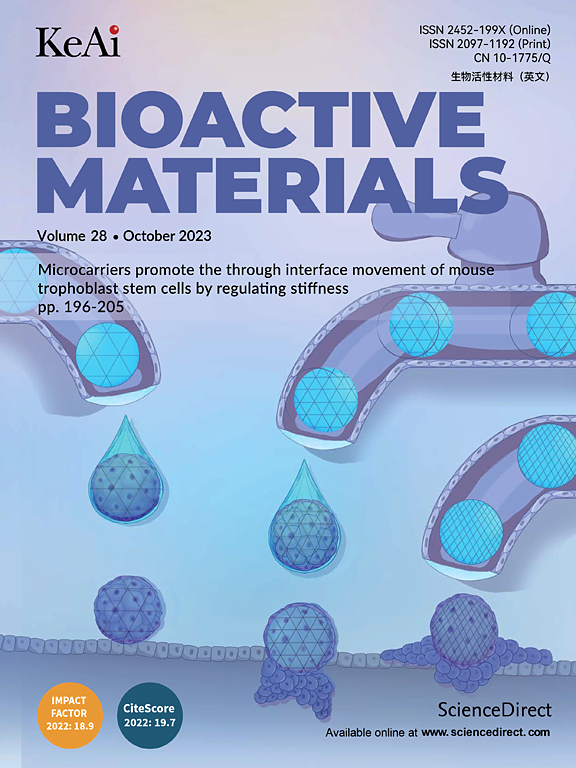Advances in the engineering of the outer blood-retina barrier: From in-vitro modelling to cellular therapy
Dujardin C, Habeler W, Monville C, Letourneur D, Simon-Yarza T
2023 • Bioactive Materials • [pdf]
The outer blood-retina barrier (oBRB), crucial for the survival and the proper functioning of the overlying retinal layers, is disrupted in numerous diseases affecting the retina, leading to the loss of the photoreceptors and ultimately of vision. To study the oBRB and/or its degeneration, many in vitro oBRB models have been developed, notably to investigate potential therapeutic strategies against retinal diseases. Indeed, to this day, most of these pathologies are untreatable, especially once the first signs of degeneration are observed. To cure those patients, a current strategy is to cultivate in vitro a mature oBRB epithelium on a custom membrane that is further implanted to replace the damaged native tissue. After a description of the oBRB and the related diseases, this review presents an overview of the oBRB models, from the simplest to the most complex. Then, we propose a discussion over the used cell types, for their relevance to study or treat the oBRB. Models designed for in vitro applications are then examined, by paying particular attention to the design evolution in the last years, the development of pathological models and the benefits of co-culture models, including both the retinal pigment epithelium and the choroid. Lastly, this review focuses on the models developed for in vivo implantation, with special emphasis on the choice of the material, its processing and its characterization, before discussing the reported pre-clinical and clinical trials.


